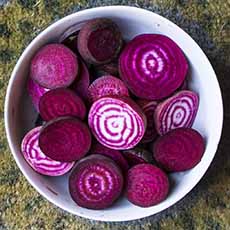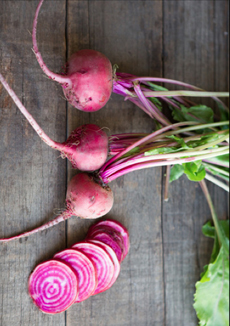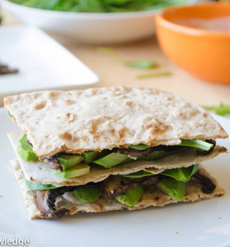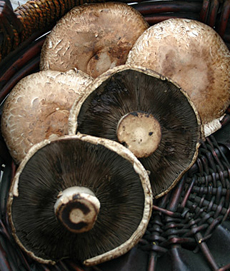
Fine sturgeon caviar: so pricey, yet to those
who love it, so wonderful. Photo courtesy
Petrossian. |
|
Following a decade long prohibition on importing Russian caviar to the U.S.—due to damming, overfishing and pollution in the Caspian sea—those with the desire and the coin can have it again.
A bit of history: CITES, the United Nations’ Convention on International Trade in Endangered Species, aims to protect wildlife against over-exploitation, and to prevent international trade from threatening species.* In 2001, CITES responded to high levels of poaching and illegal trade in caviar by halting the caviar trade by Azerbaijan, Kazakhstan, Russia and Turkmenistan. It proposed the ban on exporting Caspian caviar by the Russian states that border the Caspian Sea. The U.S. supported the treaty.
Since then, the harvesting of Osetra sturgeon caviar has moved from their native Caspian Sea to farms built in rivers around the world—in China, Italy, Israel, Uraguay and the United States, among others. Those who want fine sturgeon caviar have no problem buying it; and those who purchase it find it an even switch for the Russian Osetra.
Russia, too, has taken up sustainable river farming of sturgeon; and this caviar is now authorized by CITES for export.
|
*CITES (the Convention of International Trade in Endangered Species of Wild Life Fauna and Flora), created in 1973, is an international concurrence between governments. It is placed to ensure that the international trade in specimens of wild animals and plants does not threaten their survival. CITES is an international agreement in which countries adhere voluntarily. With now 180 parties, CITES is among the conservation agreements with the largest membership.
Black Caviar Company has announced an exclusive partnership with Russian Caviar House to import of CITES certified Russian osetra sturgeon caviar into the U.S. It joins the other farmed sturgeon caviars that have been available since the ban.
DEEP POCKETS REQUIRED
If you want to try black sturgeon caviar, you can buy it, and ideally compare it to a product from another origin (we’re partial to the Transmontanus caviar, farmed in the U.S., that you can buy from Petrossian and elsewhere). Black Caviar Company sells it for prices comparable to other fine, farmed sturgeon caviar:
1 ounce/28g is $135
1.8 ounces/50g is $240
4.4 ounces/125g is $600
8.8 ounces/50g is $1,150
Note to buyers: The pressed caviar sold on the website, 2.2 ounces/60g, seems way overpriced at $390. Pressed caviar comprises eggs that have been squashed or broken along the way and can’t be packaged with perfect eggs. Unlike individual pearls, the texture is like a thick caviar jam, and the flavor is also somewhat different. We think it should be discounted more heavily.
Check out the different types of caviar.
|
|
ABOUT CAVIAR FARMING
Unlike the poor Caspian sturgeons, living in polluted waters and heavily poached, slit open and left to die, caviar farming uses modern technology to produce ethically raised fish in a sustainable system.
In the case of Black Caviar Company, the fish are raised in a remote location of the Suda River. The Suda flows into the Rybinsk Reservoir of the Volga River, the longest in Europe, which flows through central Russia.
The company describes the Suda as “a treasure of pristine water surrounded by clean forest in a sparsely populated region of Russia. There is no industry or agriculture upstream; the cold, clean water provides an incomparable area to grow healthy, clean, fish with no pesticides, GMOs, or other pollutants.”
One point of confusion: The Black Caviar Company’s press release both says their product is Russian Osetra† caviar and that it “is harvested from a brood stock that consists of Beluga Sturgeon, Russian sturgeon, Siberian sturgeon, and Thorn Sturgeon.” None of these is the Osetra sturgeon.
|
|

Imported authentic Russian caviar will have a holographic CITES seal on the jar. Photo courtesy Black Caviar Company.
|
†From the press release: “Using modern technology, Russian Caviar House produces a sustainable supply of Osetra caviar by actively preserving the natural habitat and microclimate of the Suda River where the sturgeon are raised.”
Yet, just as with different species of chicken—Bantam, Brahma, Leghorn, Rhode Island, etc., where the meat tastes similar—the roe of sturgeon cousins will taste similar and numerous other factors affect the flavor (river environment, food supply, age of the fish at harvest, processing, etc.).
Note that caviar would be a lot more affordable if it weren’t for all the big mark-ups from the middlemen in the process. Black Caviar Company buys it from Russian Caviar House, “the premier supplier of authentic black Russian caviar,” which in turn acquires it from Diana, Russia’s largest aquaculture company. Our fantasy is to be adopted by a caviar-farming family.
Alas, unlike with other emails we receive announcing products, this one did not offer samples.
|
|










